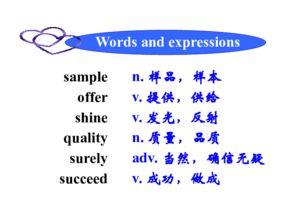Understanding the Basics of Online Buying and Selling

Have you ever thought about making money by buying and selling online? It’s a concept that has gained immense popularity in recent years, thanks to the rise of e-commerce platforms and the convenience of online shopping. Whether you’re looking to supplement your income or start a full-time business, online buying and selling can be a lucrative venture. Let’s dive into the details of how you can get started and what you need to know.
Choosing the Right Platform

The first step in your online buying and selling journey is to choose the right platform. There are numerous options available, each with its unique features and target audience. Some of the most popular platforms include eBay, Amazon, Etsy, and Facebook Marketplace. Here’s a brief overview of each:
| Platform | Target Audience | Key Features |
|---|---|---|
| EBay | Buyers and sellers of all types | Global reach, auction-style listings, seller fees |
| Amazon | Buyers looking for new and used items | Large selection, customer reviews, seller fees |
| Etsy | Artisans, crafters, and vintage collectors | Unique items, handmade goods, seller fees |
| Facebook Marketplace | Local buyers and sellers | Local deals, easy to use, no fees |
Researching and Selecting Products

Once you’ve chosen a platform, the next step is to research and select products to sell. This is a crucial aspect of your online business, as the right products can lead to higher sales and profits. Here are some tips for finding the best products:
-
Identify a niche market: Look for a specific market or audience that has a demand for certain products.
-
Research competitors: Analyze what your competitors are selling and how they are pricing their products.
-
Consider product sourcing: Determine whether you will be purchasing products from suppliers or creating them yourself.
-
Look for trends: Use tools like Google Trends and social media to identify popular products.
Setting Up Your Store
After selecting your products, it’s time to set up your online store. This involves creating a compelling product listing, including high-quality images and detailed descriptions. Here are some tips for creating an effective product listing:
-
Use high-quality images: Professional photos can make your products stand out and attract more buyers.
-
Write detailed descriptions: Provide information about the product’s features, size, and any other relevant details.
-
Set competitive prices: Research the market and set prices that are competitive yet profitable.
-
Choose the right shipping options: Offer multiple shipping options to cater to different buyer preferences.
Marketing Your Products
Once your store is set up, it’s time to market your products. There are several strategies you can use to promote your online business:
-
Social media marketing: Use platforms like Facebook, Instagram, and Twitter to promote your products and engage with potential customers.
-
Content marketing: Create blog posts, videos, and infographics that provide value to your audience and drive traffic to your store.
-
Email marketing: Build an email list and send out newsletters to keep your customers informed about new products and promotions.
-
Pay-per-click advertising: Use platforms like Google Ads and Facebook Ads to target potential customers and drive traffic to your store.
Handling Customer Service and Returns
Providing excellent customer service is essential for building a successful online business. Here are some tips for handling customer inquiries and returns:
-
Be responsive: Respond to customer inquiries promptly and professionally.
- <



